EXCLUSIVE: Andrew White killed an armed civilian in Iraq. Rob Langdon was held for seven years in a notorious Afghan prison. Kirsty Brown pulled burning people from waters off northern Australia.
These ex-soldiers are among 78 veterans and families who will feature in a powerful exhibition titled “Service,” opening at Sydney’s Victoria Barracks on Saturday, ahead of Remembrance Day.
Created by ex-commando Damien Thomlinson and photographer Richard Wiesel, the black and white photos offer a rare glimpse into the lasting trauma faced by those who served in recent conflicts.
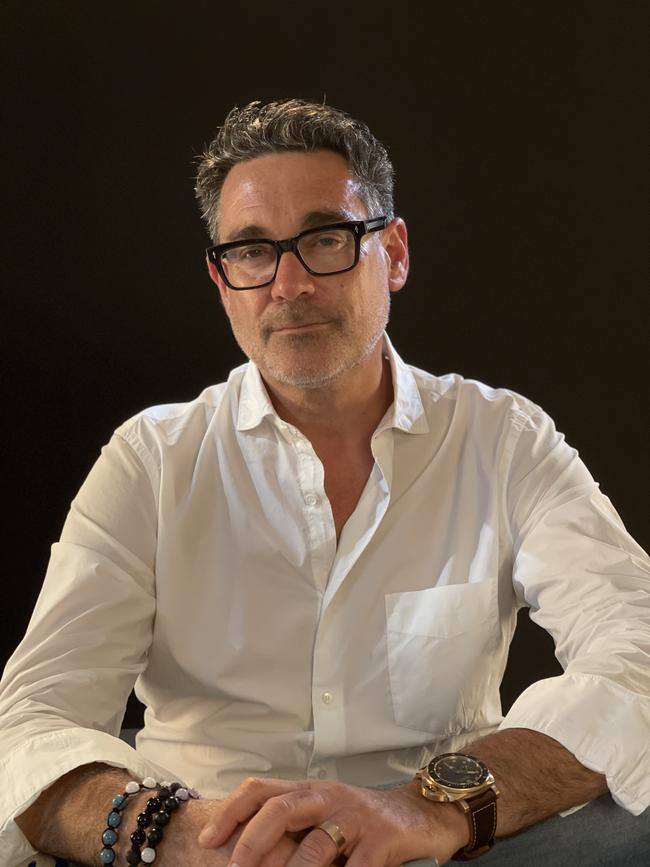
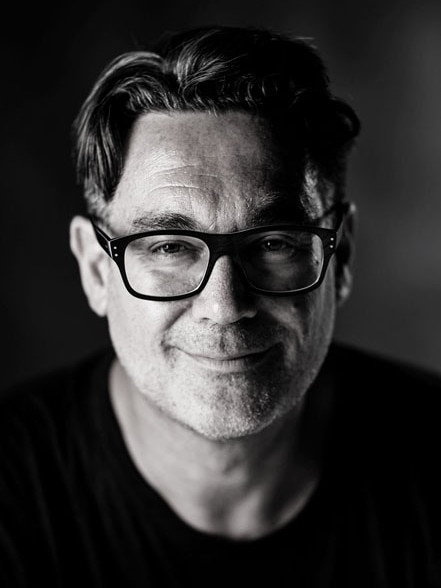
Mr Wiesel gained worldwide attention for his exhibitions on German concentration camps and 9/11 first responders.
“My current exhibition, though different in its subject matter, runs the same themes as the others: That is my fascination with the human condition,” Mr Wiesel said.
For Mr Thomlinson, this project hits close to home.
The Afghanistan veteran lost his legs when a Taliban-planted device exploded while he was on night patrol in 2009. Medics said it was a miracle he wasn’t killed and at times they didn’t think he would survive.
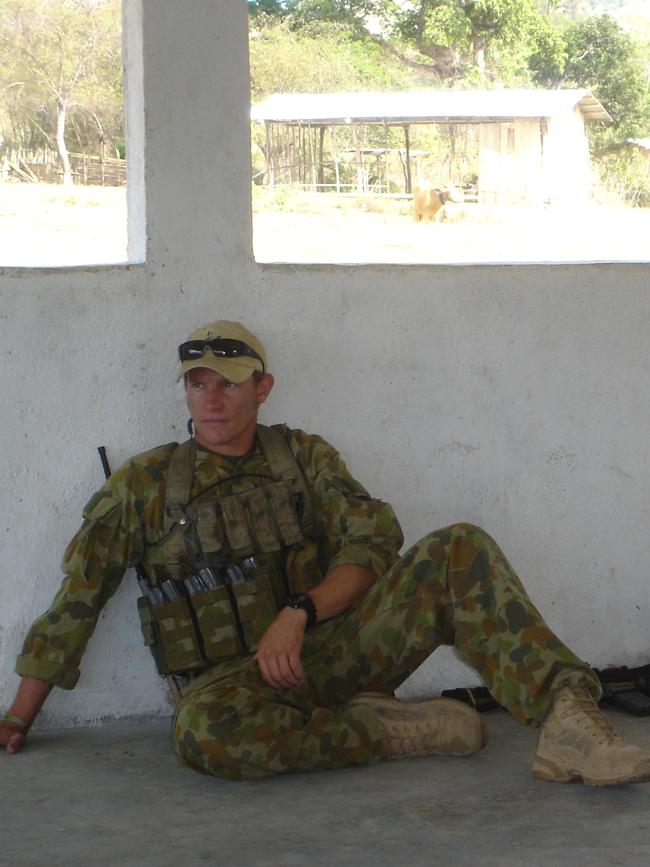
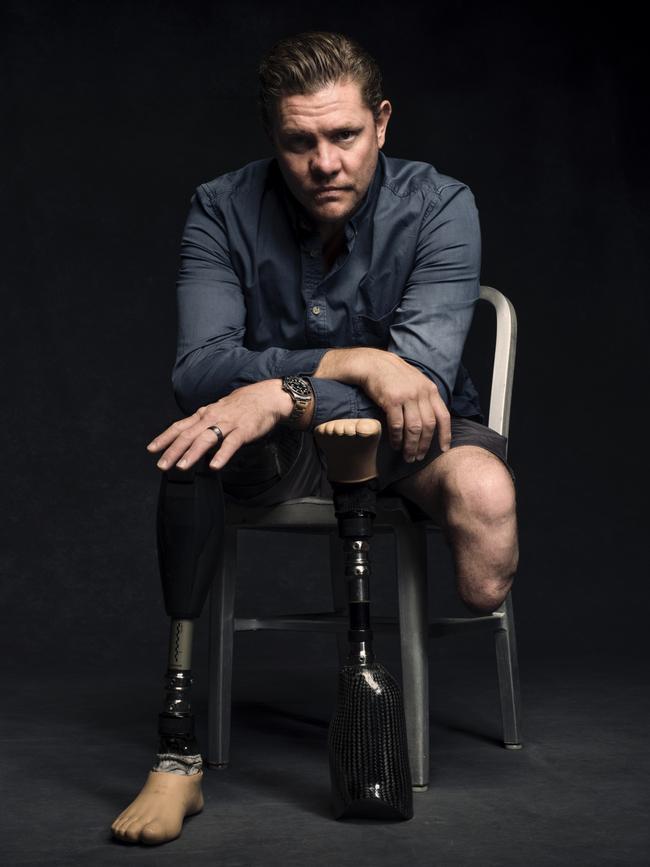
“We have people who have lost legs, lost eyesight, lost themselves and even lost the ability to be at peace with the things they’ve seen and experienced,” he said.
“It’s a chance for them to tell their stories of the realities of war and its aftermath, not only for those who served but for the families of those tragically left behind.”
Following its Sydney debut, the exhibition will tour key military heritage sites across the country throughout 2025.
ANDREW WHITE
Andrew White spent nearly 30 years with the British army and Australian Special Forces.
Yet, two moments linger: the killing of a civilian in Iraq who pulled an AK-47 on him and the ambush in which his teammate was killed in action in Afghanistan.
“During the invasion of Iraq, I killed a civilian in Basra who pulled an AK on me. That’s a killing that stays with me.”
“Since coming home, left-wing media have decimated us for our role in Afghanistan,” Mr White said.
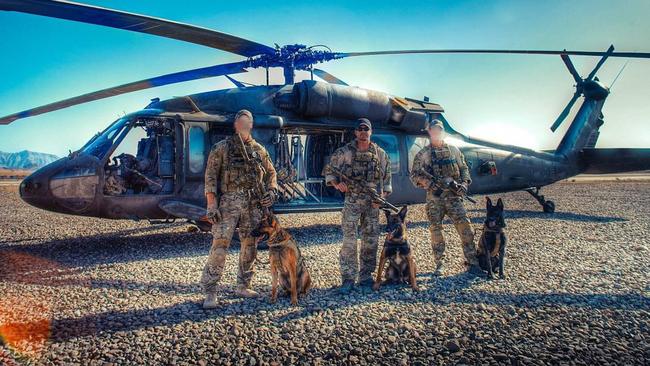
“It was our job, the mission military and political leaders sent us to do, and I won’t apologise for my part in it.
“The missions were kill-or-capture. And like all contact sports, the other side gets a vote in the outcome. If you don’t like it, then don’t f**king send us.


During Mr White’s deployment to Afghanistan in 2010, he saw fellow SAS trooper Jason Brown ambushed by insurgents and shot dead at close range.
“When we went out to get Jason and drag him back, we were still under fire from a couple of positions deeper in the wood…my legs were heavy, numb and dead,” he said.
“I’ve seen him slump and I knew Jason was bleeding … internally he was dead by the time I got him out.
“But you know that’s irrelevant and you still do what you can.”
ROB LANGDON
Rob Langdon served seven years in one of the world’s most dangerous jails in Afghanistan.
Mr Langdon was initially sentenced to death for fatally shooting Afghan security guard Karimullah during a convoy dispute en route to a US military base in May 2009.
But Mr Langdon claimed he had killed in self-defence and eventually received a presidential pardon.
“I ended up involved with one of the warlords for operational support. He had ties to the Taliban and was using convoys to smuggle drugs and weapons,” he said.
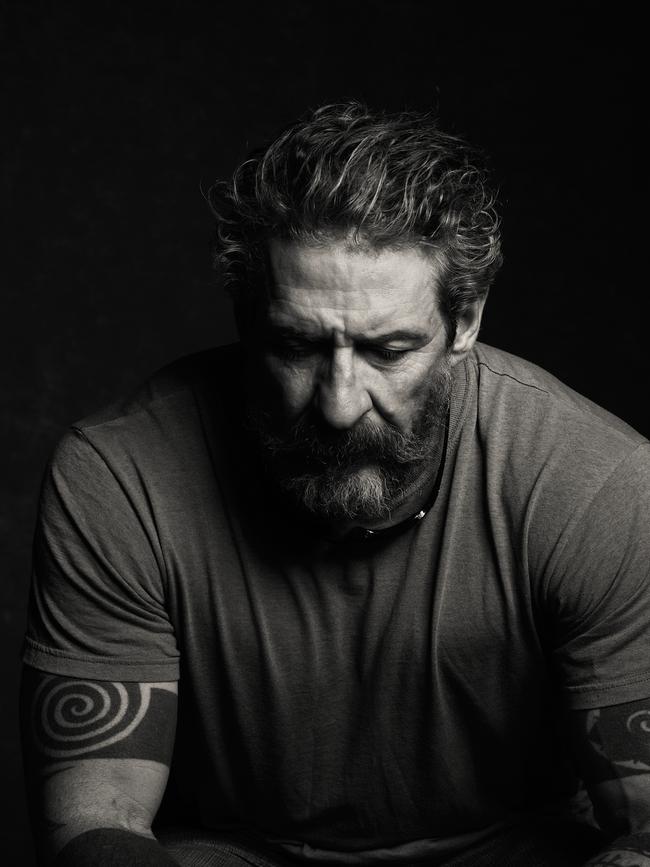
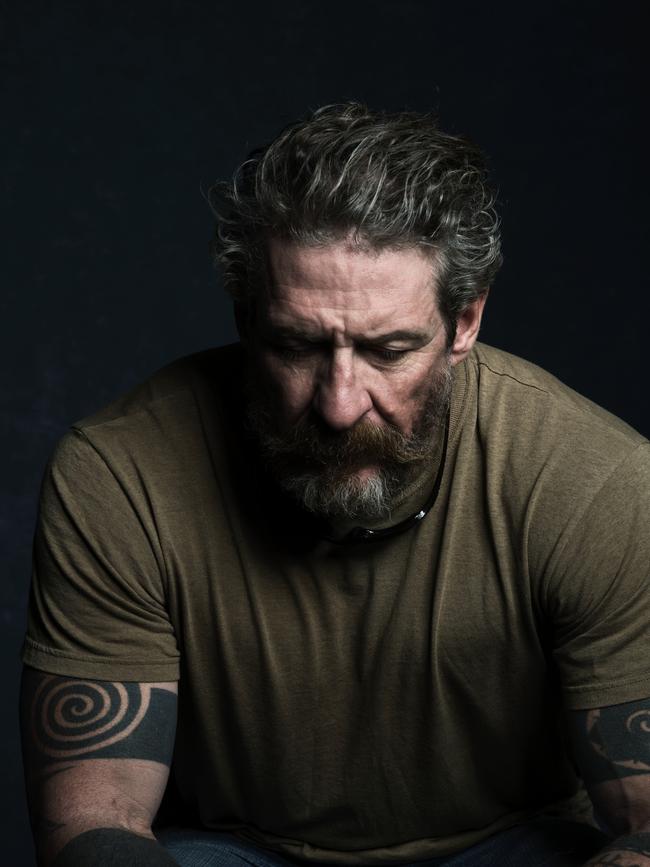
“One day, I confronted him … When a gun was pointed at me, I reacted and took him down.
“We (were left with) a dead body, a carload of drugs, and probably a very angry war lord coming for us. I got the convoy moving and tried to dispose of the evidence.”
Mr Langdon was kept in the same maximum-security cell block that held members of al-Qaeda and the Taliban.
“I was hung up on a wall for a couple of days and got the shit kicked out of me,” he said.
“The majority of countries in the world that have had wars, it’s only the people who have gone away and seen these things that come back and they are different to other Australians because they’ve seen how the world is.”
PAUL DUNBAVIN
A former Warrant Officer with the 2nd Commando Regiment, Paul Dunbavin was exposed to thousands of blasts in training and combat during his 36-year military career.
For a time, he served as a special forces demolition supervisor, “blowing stuff up every day”.
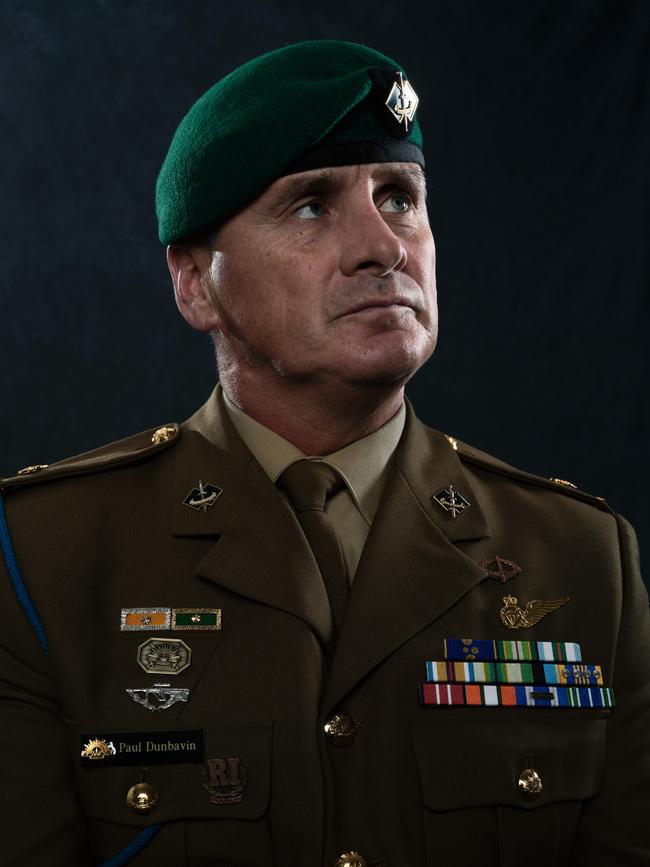
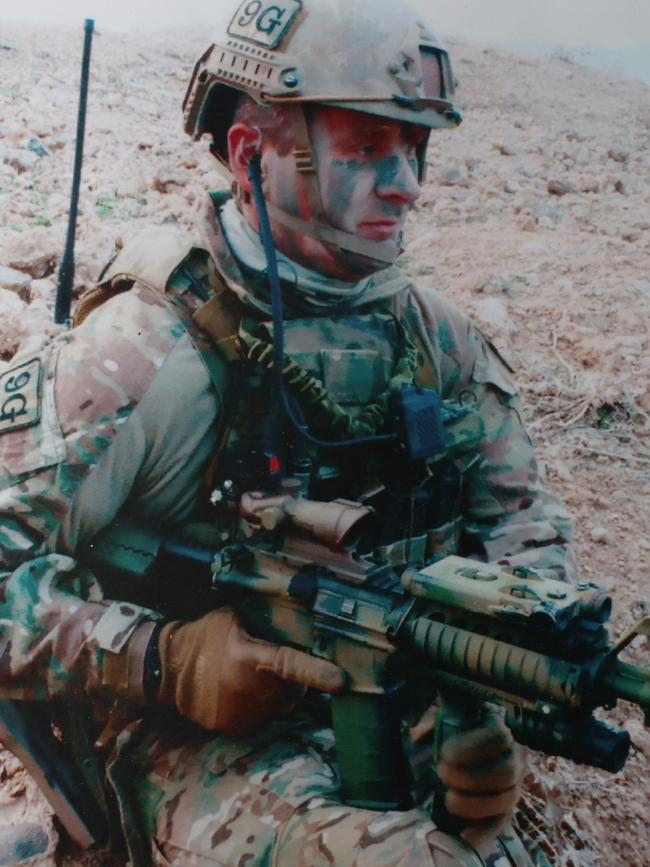
However, it was the death of Victoria Cross hero Corporal Cameron Baird in 2013 that continues to weigh heavily on Mr Dunbavin.
“Cam was an incredible person, an athlete, a warrior. Seeing him that morning in the gym, joking around, and then pulling him off the helicopter later was tough,” he said.
“As the Regimental Sergeant Major, you’re often the one to inform the family. It’s one of the hardest parts of the job, seeing a family’s world fall apart and knowing they’ll remember you as the one who delivered that news.
“Black humour has always helped me (unpack things), but I also compartmentalise. You package things up to keep moving forward.”
KIRSTY BROWN
Kirsty Brown will never forget the moment three Afghans deliberately set fire to a boat, causing an explosion that killed five asylum seekers in April 2009.
Known as Suspected Illegal Entry Vessel 36, the boat exploded near Ashmore Reef while under the control of the Australian navy, with 47 asylum seekers on board suffering serious burns.
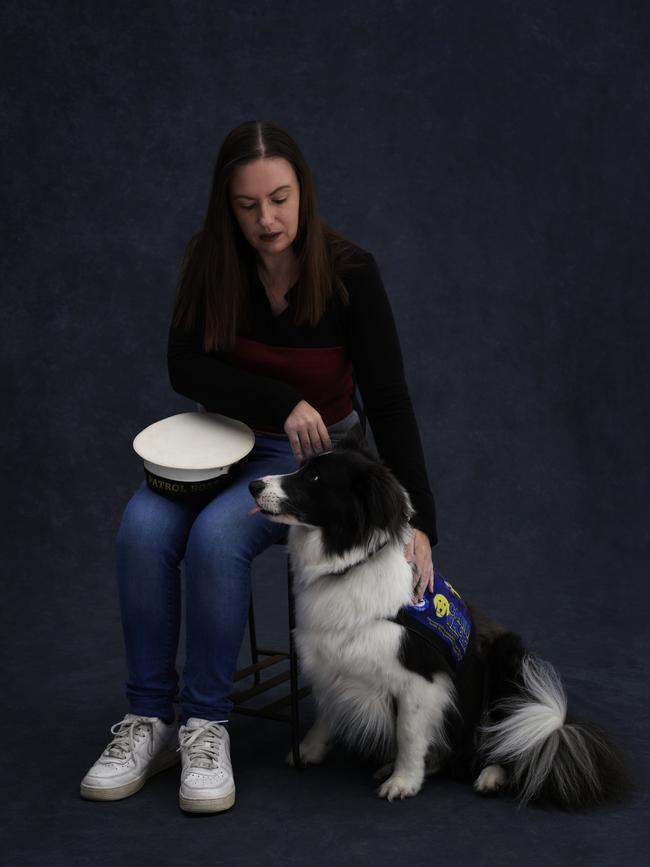
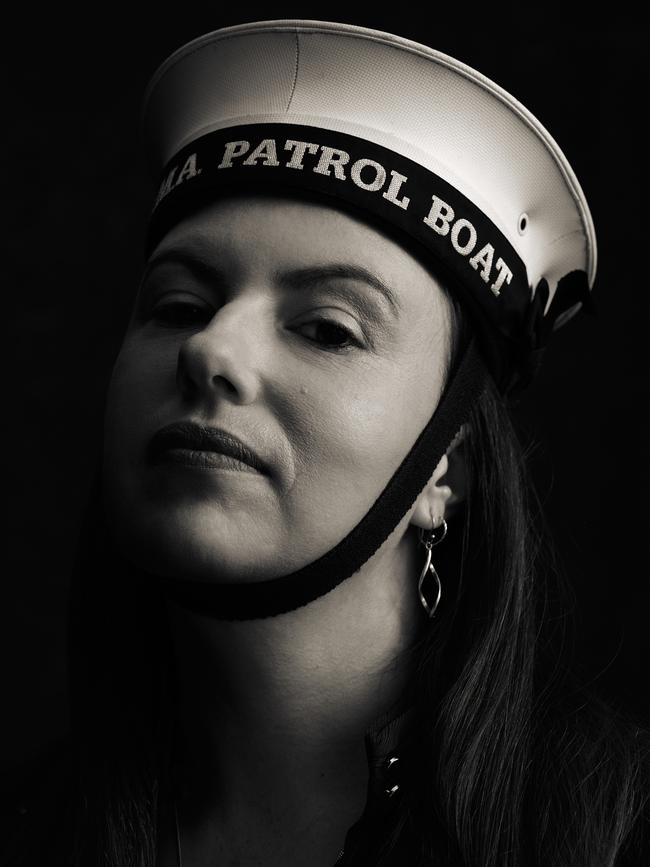
“That was a hard day, a long day … nine of our crew members were on board as well,” she said.
“Most of them were burnt head to toe so we had done what we could.
“We ran out of bandages, we had to use glad wrap to try and make sure they were okay and that their wounds were closed over and covered.
“For me, there are gaps in my memory, which is my body’s way of coping.”
ASHLEY SEMMENS
Ashley Semmens was part of a navy dive crew running counter-terrorism drills in Sydney Harbour when a nightmare unfolded.
In 2009, a bull shark attacked able seaman Paul de Gelder, leaving Semmens to clean up “all sorts of body parts” scattered across the boat.
“It’s something you don’t see often … bits of tissue or body parts,” he said. “Paul was finning on his back when the shark took his right arm and leg.
“The look on my friends’ faces — they were just shells, covered in blood. It was confronting.”
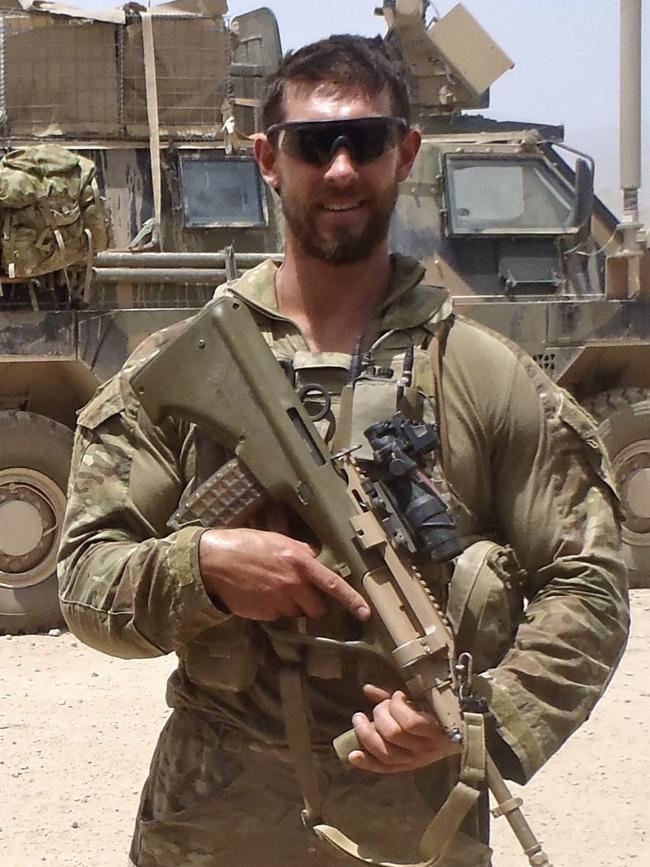
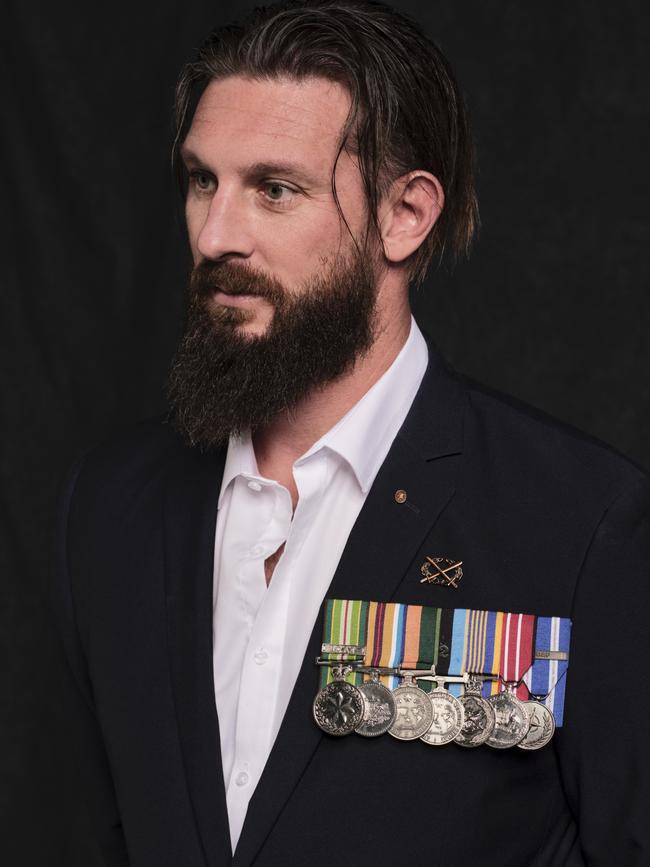
This ordeal left Mr Semmens with a deep fear of water, compounded by two close brushes with death in Afghanistan: dodging a Taliban sniper’s bullet and surviving a bomb blast.
He eventually found himself sitting on the edge of a cliff in 2020, ready to take his own life.
“After my friend Scott was killed, I was mentally struggling. I’m almost thankful for being blown up because it gave me that last time with him,” he said.
“Sitting on that cliff saved me. Now I value life, the people I have, and how beautiful it can be.”
SCOTT STEER
Scott Steer was ignored when he notified his senior ranks of a suspicious roadside bomb in Iraq.
That bomb in fact was real, and ended up detonating on Liam Haven, then 28, who lost his eyesight as a result.
“I remember noticing some warning signs of potential attacks and pushing information up the chain, but it didn’t always get taken seriously,” Mr Steer said.
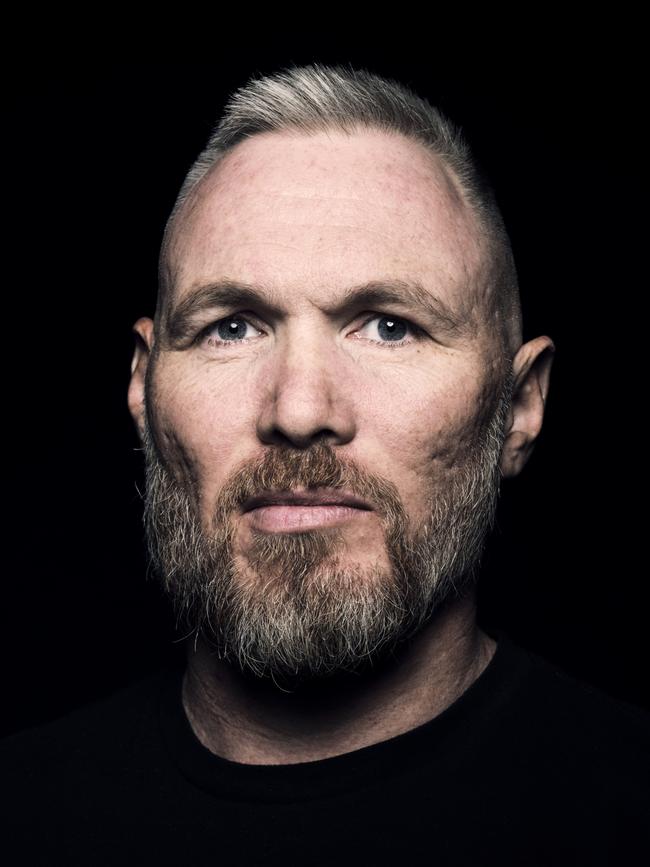
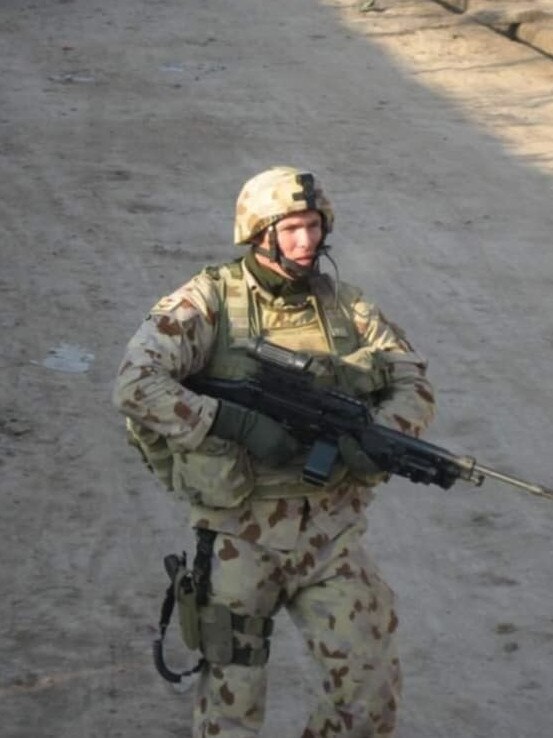
“Eventually, a roadside bomb did go off … which was really tough to deal with.
“I nearly lost my cool and got a bit physical about it. It was a frustrating time, especially because I felt it could’ve been avoided.
“I’d tried to raise the alarm a few times, but as a private, my rank didn’t carry much weight.”
ADAM WALSH
Former SAS soldier Adam Walsh served four tours in Afghanistan and one in Iraq.
“The first ever job I did with the SAS and I remember looking down at my hands and I was shaking,” he said.
“Do I regret my service? If God was to come down and say you’ve only got two weeks of your life to live over and over again, I’d pick two weeks in Afghanistan with my friends.


“After being diagnosed with PTSD, shortly after I was seeing a therapist and he said to me, ‘Just remember, just because you’ve done a bad thing, it doesn’t make you a bad person’, and that for me was groundbreaking.”
After 18 years of service, Mr Walsh joined the NRL Broncos in 2016 as a wellbeing and education manager.
“After leaving the army, I went into elite sports with the Brisbane Broncos, thanks to Wayne Bennett’s mentorship,” he said.
“Wayne’s support made it easier (to transition), but I still struggled … My hypervigilance made civilian life challenging.”
Lifeline: 13 11 44

Add your comment to this story
To join the conversation, please log in. Don't have an account? Register
Join the conversation, you are commenting as Logout
Man allegedly scammed $3.5m from government
An alleged scammer has been arrested and charged after allegedly convincing one Australian government to transfer him more than $3.5m of taxpayers dollars.
Pig farm horror ‘on another level’
A pig farm is staring down the barrel of “potential legal action” after pigs were put down on the orders of the RSPCA.